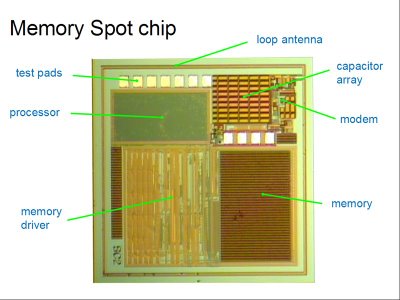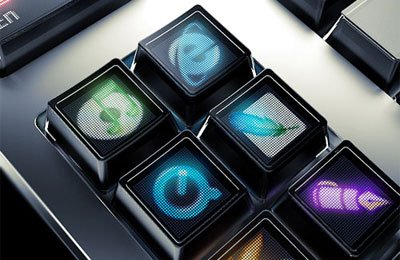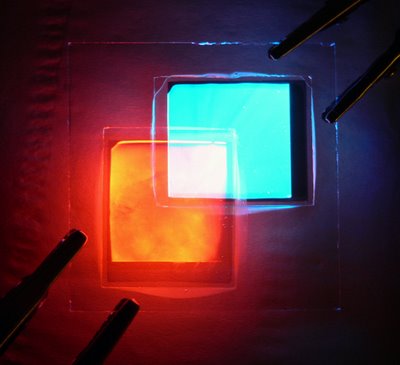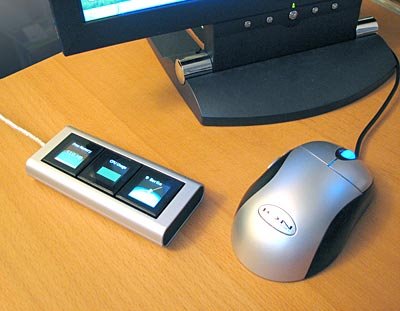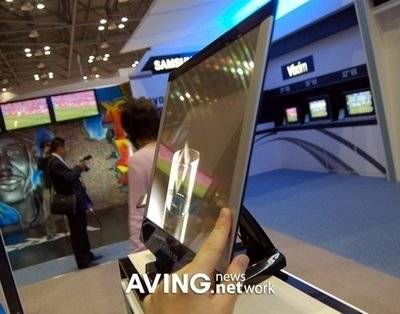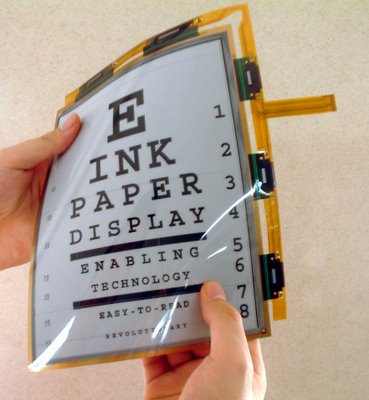Plumbing just ain’t what it used to be
By Terry Swisher, Chief Plumbing Inspector
Just when you think you’ve seen it all, some-
one comes up with a new idea and poof,
everything you thought you knew is “old hat.â€
Now nanotechnology is being applied to
plumbing products.
I better explain what nanotechnology is. This
is a subject most construction folks don’t talk
about during coffee breaks. But soon, they will.
In 1981 a scientist named K. E. Drexl pub-
lished a paper, “Molecular engineering: An
approach to the development of general capa-
bilities for molecular manipulation.†He
explained his ideas about working with materi-
als on a molecular level. Instantly, the scientific
world recognized the potential for this technol-
ogy to control matter on an atomic level. The
idea is to construct materials and objects so
perfectly put together on an atomic scale that
they do not exist in nature. Nature, bless its
heart, makes mistakes called impurities, flaws,
or imperfections, but not nanotechnology. The
implications and applications of this technology
are staggering.
What does this have to do with plumbing?
Plumbing is generally designed to be sanitary
and to protect public health, and applications
of nanotechnology make it much more so. Re-
member, the following are actual products and
not science fiction:
A German company now known as Nanogate
Technologies GmbH, developed a product with
Duravit AG called Wondergliss®. Duravit is a
German plumbing-fixture manufacturer and is
well known for its ceramics. Wondergliss® is a
micro-smooth coating fired over the traditional
ceramic glazing. This surface is so smooth that
dirt, germs, and fungus cannot stick to it. In
fact, the surface is so smooth that water beads
up and runs off without lime and soaps being
able to hold onto it. It stays incredibly clean for
a long time. When you do have to clean the
surface, you just wipe it with a paper towel. If
you have ever scrubbed lime and soap depos-
its from ceramic tile, you know what this
means. Duravit also manufactures plumbing
fixtures with this surface. Other companies are
applying the same concepts to metal surfaces
for plumbing components and other uses.
Another nanotechnology product is Microban®,
manufactured by Microban International. The
technology started when W. L. Morrison was on
the telephone talking with a doctor about de-
signing something to protect plastic medical
products from bacteria and other bad “nasties.â€
Morrison held the acrylic telephone in his hand
and thought about contamination of pay phones
and how to clean them up. His idea led to the
first antimicrobial polymeric, a plastic that is
germ-resistant and even resistant to molds,
yeast, and mildew.
Today this technology is used in more than
450 products, including those for the kitchen
and bath and textiles, toys, cleaning supplies,
paints, caulking, medical products and, of
course, plumbing fixtures. It’s used by several
manufacturers of plastic spas, tubs, and
showers available in Oregon.
Microban® is nanotechnology because the
antibacterial agent is incorporated during
manufacturing into the molecular structure of
plastics and synthetic fibers to resist bacteria,
fungus, molds, and yeast. It does not rub,
wash, or wear out of the product. The ingredi-
ent is registered with the EPA for many uses
and has been incorporated into several de-
vices registered with the FDA.
It is easy to imagine this technology producing
piping so smooth that it would have little or no
friction loss, which would lead to smaller piping
able to carry many more gallons of water at
the same working pressure as today’s piping.
Or drain pipe so smooth and slippery that it
cannot plug up. Or pipes that never wear out.
Someday, entire plumbing systems may fol-
low nature’s design of a living system. Imag-
ine a water piping system that could change
its dimensions based on the flow demand and
available pressure like our own circulatory
systems. Septic tanks could generate elec-
tricity as they digest waste. Plumbers in the
future will no doubt look back and wonder
how we got by with such primitive materials
and tools. Truly, plumbing ain’t what it used to
be — and it never will be again.
http://72.14.209.104/search?q=cache:rH1zWdQIq4gJ:www.cbs.state.or.us/bcd/pub/codelink/2004/01_02.pdf+microban+nanotechnology&hl=en&gl=us&ct=clnk&cd=1&client=firefox-a

